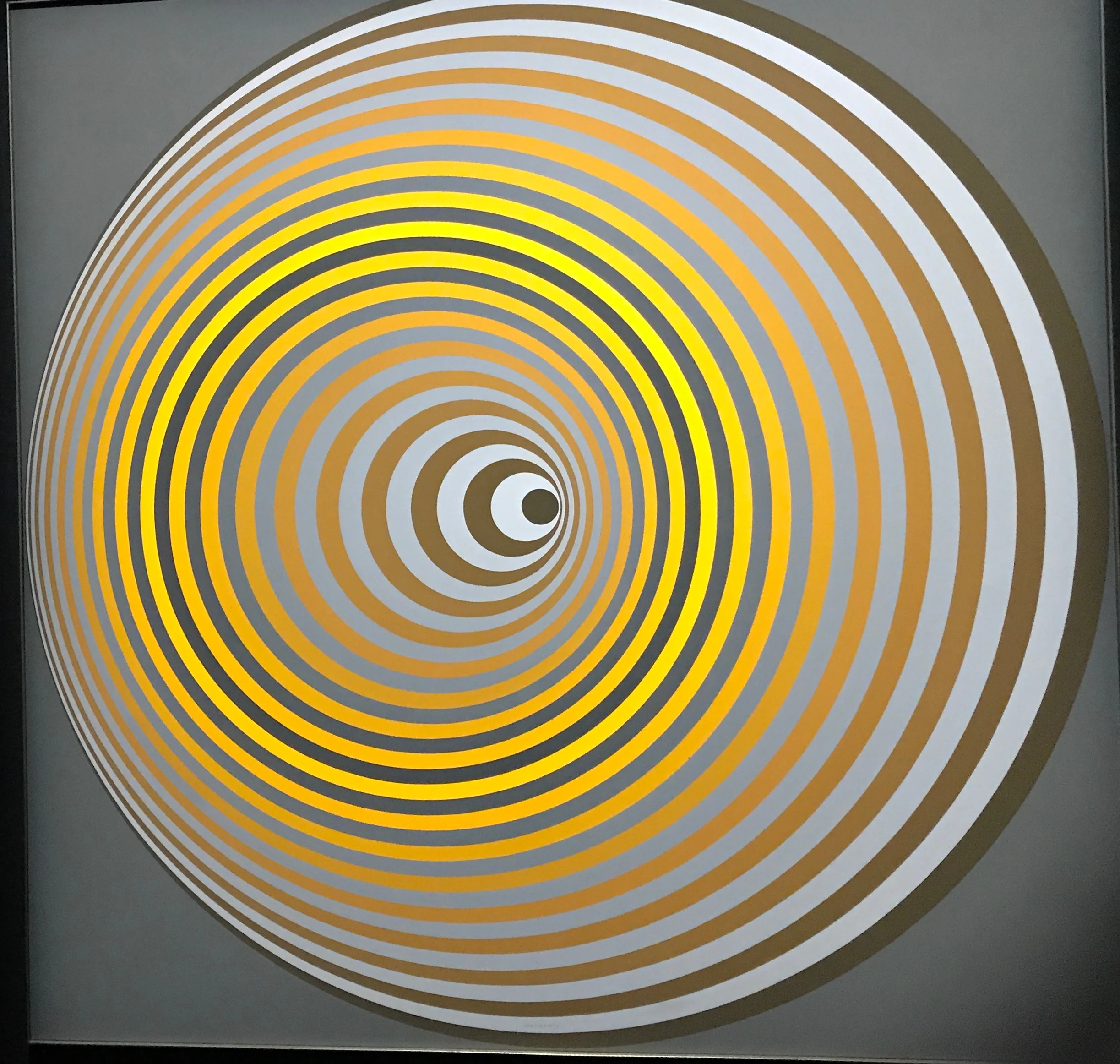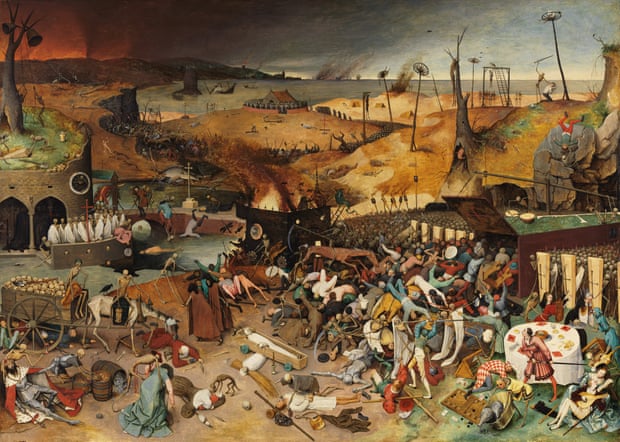How to Survive February:It's All About Colour
February can be a pretty grim month. The days might be getting marginally longer but, it’s still bone chillingly damp and cold, and the sky a shade of gravel grey. Although the last few days in London have given us a tantalising breath of Spring, I suspect the wintry blasts will be back, so my strategy is to stock up with colour-just in case.
Pierre Bonnard, Femme a Table, 1926, (private collection)
The French artist Pierre Bonnard,(1867-1947), immerses us in the emotive power of colour and memory. London’s Tate Modern launched its 2019 exhibition programme with the first major Pierre Bonnard exhibition in twenty years, and what an antidote to February gloom it is. . Bringing together around 100 of his greatest works, this chronological overview, spanning four decades between 1912 and his death in 1947, traces Bonnard's experimentation with composition and his use of colour as well as the integral importance of memory. He always painted from sketches or photographs, so there is a detachment, a distance in his work, even a form of melancholy, but any sadness is joyfully redeemed by blasts of colour which infuse the intimate, quiet, private moments of a life he shared with his life-long muse- and eventual-wife Marthe de Meligny .
‘Drawing is a sensation.’ he wrote, ‘Colour is reasoning’. It is in the drawing that the intimacy of his work was created but colour is the way to experience it.
Offering a much-needed burst of colour, Pierre Bonnard: The Colour of Memory,(until May 6th) leaves you feeling light-of-step and inspired at a time when you need it most.
Pierre Bonnard, Dining Room in the Country, 1913
Pierre Bonnard, Nude in Bath and Small Dog, 1941-6,
Pierre Bonnard, The Terrace at Vernon (1939)
Meanwhile, during a recent trip to Paris I caught a wonderful exhibition of the Hungarian artist, Victor Vasarely, (1906-1997),at the Pompidou Centre. Often referred to as the father of optic art, Vasarely spent much of his career in France, and his work encompassed painting, sculpture, architecture and advertising-he designed the logo for Renault cars.
Varsarely designed the Renault logo in 1967
Vasarely had an enormous influence on the aesthetics of the 20th century. His compositions are truly hypnotic, and at times hallucinogenic, with compelling colours and forms. Here are some of the highlights for me:
This is a Vasarely design for a tapestry
Victor Vasarely: Le Partage des Formes, Centre Pompidou, until May 6th













































